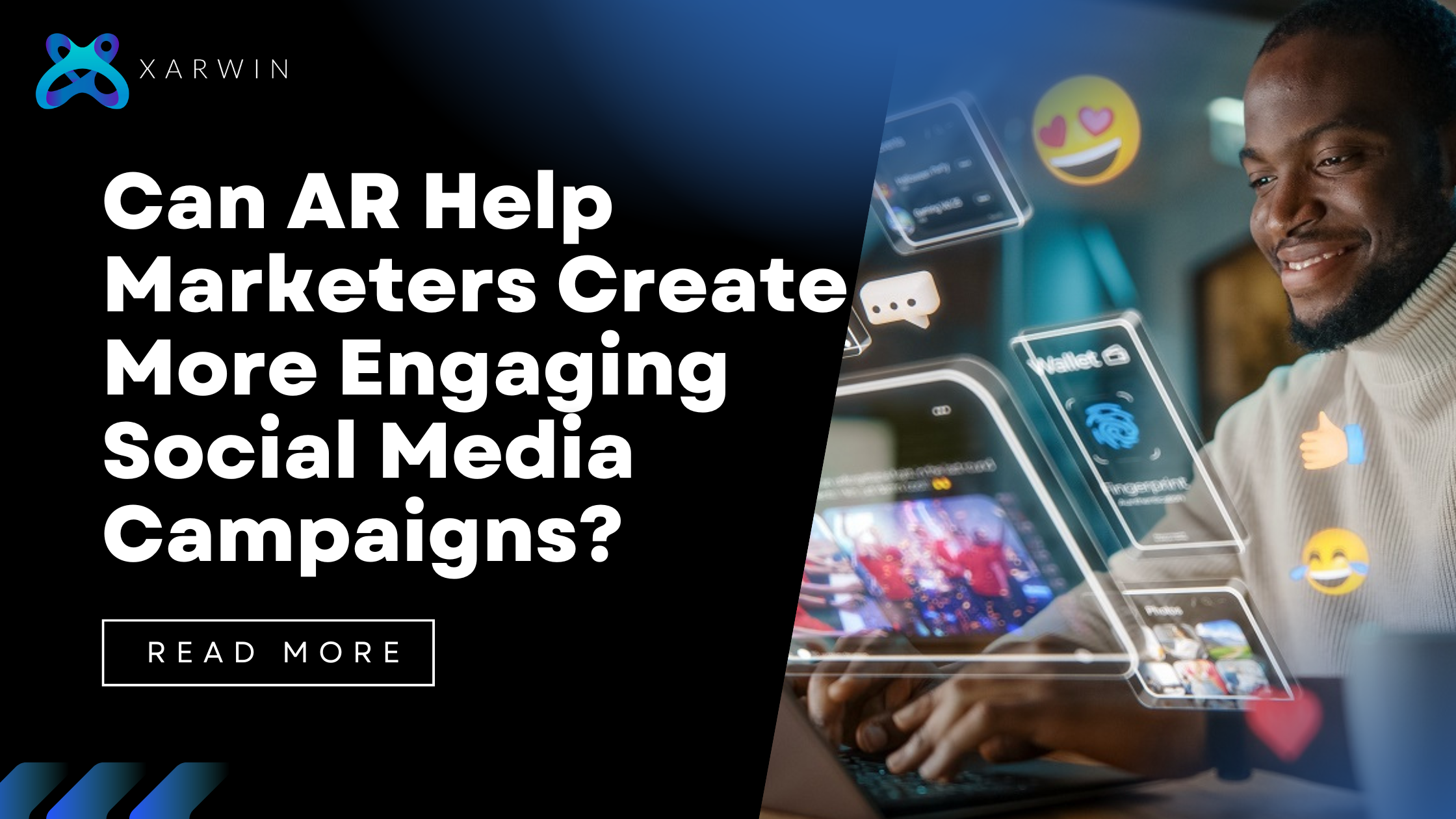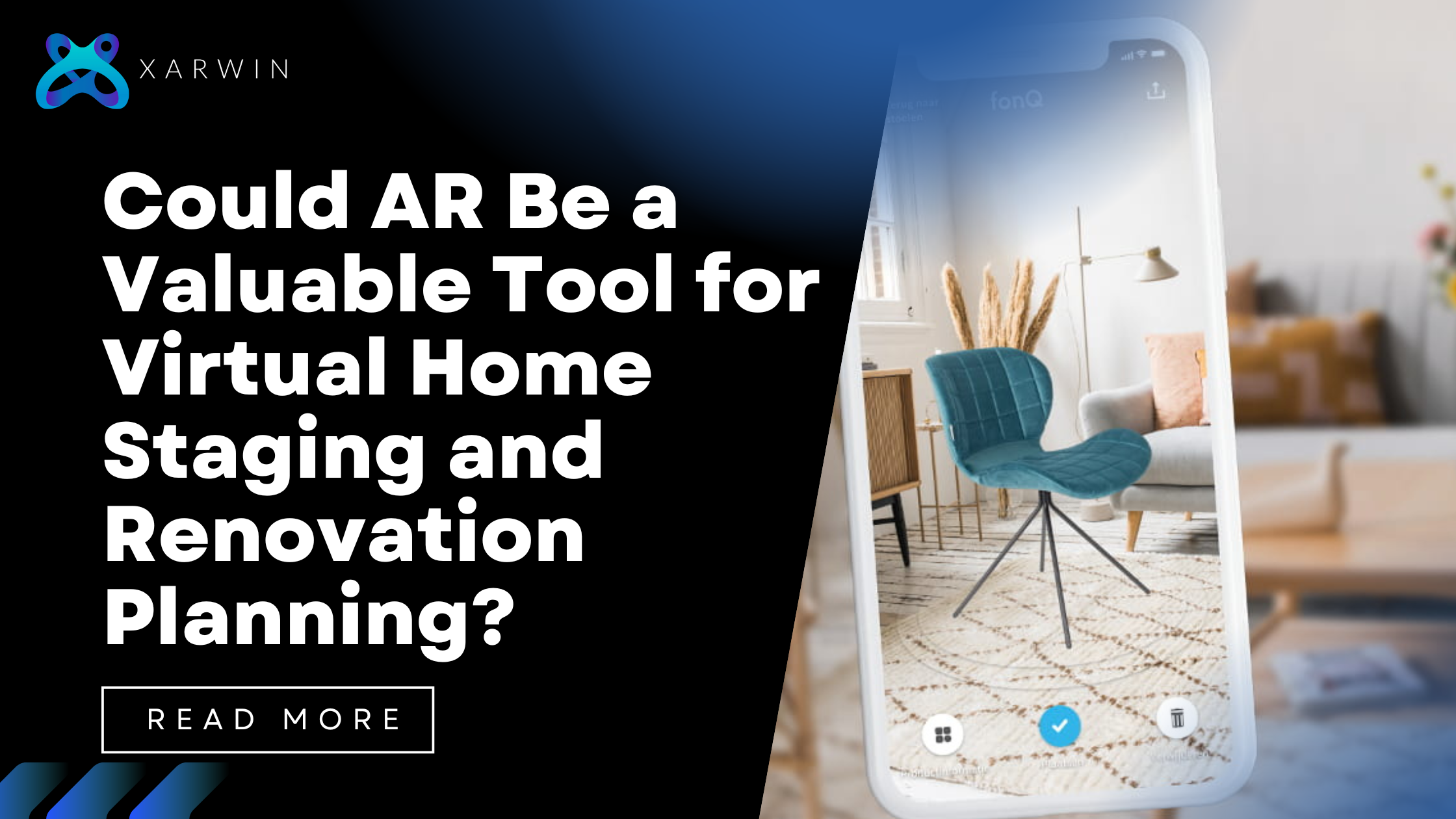In this blog, we are going to see how AR can act as a catalyst that can make a marketing campaign more engaging. We will also discuss some practical applications of AR on social media, as well as the benefits that marketers can derive from this technology, and suggest strategies for taking full advantage of AR.
Understanding Augmented Reality in Marketing
Augmented reality differs from virtual reality (VR) in that it enhances the physical world rather than creating an entirely digital environment. AR can be experienced through various devices, including smartphones, tablets, smart glasses, and specialized AR displays. This versatility makes it accessible to a broad audience, allowing marketers to reach consumers through familiar platforms.
In marketing, AR offers unique opportunities to engage with customers in interactive and personalized ways. By integrating AR into social media campaigns, brands can create experiences that go beyond static images or traditional videos, allowing users to interact with digital content in real-time.
The Rise of AR in Social Media
Social media platforms have played a significant role in popularizing AR. Snapchat and Instagram, for example, have integrated AR features into their platforms, allowing users to add filters, effects, and animations to their photos and videos. These AR features have become immensely popular, with users sharing millions of AR-enhanced stories and posts daily.
The popularity of AR on social media has caught the attention of marketers. Brands are now exploring ways to use AR to engage audiences, boost brand awareness, and drive sales. Here are some key ways in which AR can enhance social media campaigns:
1. Interactive Product Demos
AR allows marketers to create interactive product demonstrations that let users visualize and interact with products in real-time. For example, a furniture retailer could use AR to let users see how a piece of furniture would look in their home by superimposing a 3D model onto their room. This level of interactivity provides a more immersive experience, reducing uncertainty and increasing purchase confidence.
2. Gamification and Challenges
Gamification is a powerful engagement tool, and AR can take it to the next level. Marketers can create AR-based games, challenges, or scavenger hunts that encourage users to participate and share their experiences on social media. These interactive elements not only increase engagement but also create a sense of community among participants.
3. Virtual Try-Ons
For fashion and beauty brands, virtual try-ons offer a compelling way to engage customers. AR allows users to “try on” clothing, accessories, or makeup virtually, enabling them to see how they look without physically trying the products. This approach can drive user-generated content and word-of-mouth marketing as users share their virtual try-on experiences on social media.
4. Location-Based Experiences
Location-based AR experiences can turn physical spaces into interactive canvases. Brands can create AR experiences tied to specific locations, encouraging users to visit and interact with the environment. This approach is particularly effective for events, tourism, and retail, creating memorable experiences that users are likely to share on social media.
5. Personalization and Customization
AR enables marketers to personalize content based on user preferences and interactions. By analyzing user data and behavior, marketers can create AR experiences tailored to individual users, enhancing relevance and engagement. Personalized AR experiences are more likely to resonate with users, leading to higher levels of engagement and brand loyalty.
Benefits of AR-Driven Social Media Campaigns
The integration of AR into social media campaigns offers several key benefits for marketers:
1. Enhanced Engagement
AR’s interactive nature captures users’ attention and encourages active participation. Users are more likely to engage with AR content, leading to longer time spent on social media platforms and increased brand exposure.
2. Increased Virality
Engaging AR experiences are highly shareable. Users are likely to share AR content with their social networks, leading to organic reach and increased virality. This word-of-mouth effect can significantly boost campaign effectiveness.
3. Improved Brand Awareness
AR campaigns often attract media attention and user-generated content, increasing brand visibility and awareness. As users share their AR experiences, the brand’s reach extends beyond its immediate audience.
4. Higher Conversion Rates
AR’s ability to provide interactive product demos and virtual try-ons can increase conversion rates by reducing uncertainty and helping customers visualize products. This can lead to higher sales and customer satisfaction.
5. Data-Driven Insights
AR campaigns generate valuable data on user interactions, preferences, and behavior. Marketers can use this data to refine their strategies, optimize campaigns, and create more personalized experiences in the future.
Strategies for Creating Successful AR-Driven Campaigns
To create successful AR-driven social media campaigns, marketers should consider the following strategies:
1. Define Clear Objectives
Before launching an AR campaign, define clear objectives. Determine what you want to achieve, whether it’s increased brand awareness, higher engagement, or improved conversion rates. Clear objectives will guide the campaign’s design and measurement.
2. Keep It User-Centric
Focus on creating experiences that are enjoyable and relevant to users. Consider what your target audience would find engaging and build AR experiences that meet their needs and interests.
3. Integrate with Social Media Platforms
Choose the right social media platforms for your AR campaign. Platforms like Snapchat, Instagram, and TikTok are ideal for AR content. Ensure that the AR experiences are seamlessly integrated with the platform’s features to encourage sharing and engagement.
4. Encourage User-Generated Content
Encourage users to create and share their own AR content. User-generated content adds authenticity to your campaign and can significantly increase its reach. Consider running contests or challenges that encourage users to share their AR experiences.
5. Measure and Iterate
Use data-driven insights to measure the success of your AR campaign. Track metrics such as engagement, virality, conversion rates, and customer feedback. Use this information to iterate and improve future campaigns.
Conclusion
Augmented reality has the potential to transform social media campaigns by creating engaging and interactive experiences. Marketers can use AR to boost engagement, increase brand awareness, and drive conversion rates. By following best practices and leveraging AR’s unique capabilities, brands can create memorable campaigns that resonate with audiences and leave a lasting impact. The future of marketing on social media is augmented, and the possibilities are limitless.
As a trailblazer in augmented reality (AR), Xarwin combines innovation with a user-centric approach to redefine industry standards. Its team of expert engineers, designers, and strategists excels in crafting immersive AR experiences across various sectors. With each project, the company not only meets current demands but also shapes future trends, establishing itself as a leading force in the AR landscape.




